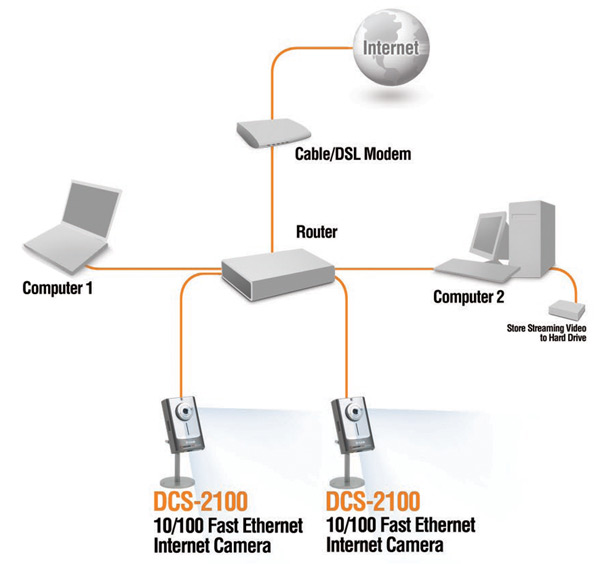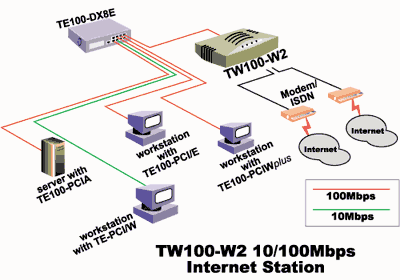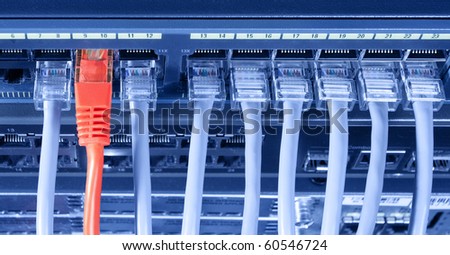Ethernet internet
Ethernet is a family of protocols used in LANs, described by a set of standards together called IEEE 802 published by the Institute of Electrical and Electronics Engineers. It has a flat addressing scheme and is mostly situated at levels 1 and 2 of the OSI model. For home users today, the most well-known member of this protocol family is IEEE 802.11, otherwise known as Wireless LAN (WLAN). However, the complete protocol suite deals with a multitude of networking aspects not only for home use, but especially when the technology is deployed to support a diverse range of business needs. MAC bridging (IEEE 802.1D) deals with the routing of Ethernet packets using a Spanning Tree Protocol, IEEE 802.1Q describes VLANs, and IEEE 802.1X defines a port-based Network Access Control protocol, which forms the basis for the authentication mechanisms used in VLANs, but it is also found in WLANs – it is what the home user sees when the user has to enter a "wireless access key".The Internet Protocol Suite, often also called TCP/IP, is the foundation of all modern internetworking. It offers connection-less as well as connection-oriented services over an inherently unreliable network traversed by datagram transmission at the Internet protocol (IP) level. At its core, the protocol suite defines the addressing, identification, and routing specification in form of the traditional Internet Protocol Version 4 (IPv4) and IPv6, the next generation of the protocol with a much enlarged addressing capability.
















No comments:
Post a Comment